|
With the Purification of the Blessed Virgin Mary on February 2nd, also known as Candlemas, the Christmas period in Poland was officially over. Instead of young boys caroling along country roads, the snowy roads began to fill with the sound of jangling of bells from horse-drawn sleighs taking the rich and famous to house parties, fancy dress balls and winter weddings. Kulig. Juliusz Kossak c.1887 These kuligs, the famous sleigh rides made famous by the Polish aristocracy, rose in popularity in the 16th century and were a large part of Zapusty, or carnival time, that period of overindulgence and fun before the strict fast of Lent. Looking back to a few centuries before the 1600’s, however, this carnival time began soon after the Feast of Three Kings and was much shorter in length. Completely forgotten now among the older customs and traditions of Poland was a period called przedpoście, or pre-fast, and it was essentially a period of preparing for Lent with another period of fasting and abstinence. This prequel to the forty days of Lent took shape in the times of Pope St. Gregory the Great (590-604 AD) when the church instituted a three-week period of additional fasting as a way of reminding the faithful of the very serious, and quickly approaching period of Lent, and that they should prepare through increased prayer, fasting, and acts of penance. The last day of feasting and revelry was called Niedziela Zapustna, or Niedziela Starozapustna, meaning the last Sunday of carnival time. In church liturgy it is known as Septuagesima Sunday, the third Sunday before the beginning of Lent. If we look at the calendar that would be today, January 31. We know this pre-Lenten period was taken very seriously during the reign of Boleslaw the Brave (992-1025) so much so that if someone was caught eating meat on a fast day, their teeth were in danger of being knocked out as punishment! This period of fasting was still in effect in the 14th century at the court of Queen Jadwiga Jagiełło (reigned 1384-1399) and King Jagiełło through the extant records of the Keeper of the Treasury from the years 1388-1417. In the year 1394, he dates and documents the following events: On February 2, the day of the Purification, for the queen’s supper: 30 partridges, 4 geese and 3 rabbits. February 3, Małdrzyk, official servant of the Queen, was sent to Moravia with letters and was given small money for expenses…… March 2, Niedziela Zapustna, the last Sunday of carnival, the queen and king ate with Spytek of Melstzyna, the administrator of the city of Kraków, along with two Mazowian princes and a variety of other princes: 20 pigs, 40 cheeses for placki and pirogów (Author note: that is the spelling used in the accounts and it should also be noted that close to 200 members of the court and visiting guests often sat down to eat for dinner) March 3, Fresh fish for the queen, as she did not eat meat, and 30 herrings. A week later, the keeper of the treasury mentions “Week 2 of the fast.” And subsequently on March 15, “Week 3 of the fast.” Herring was a fish affordable for king and peasant alike and one of the main staples of Lent.
The origin of the pre-fast is not exactly known but assumed to have come from the need to precisely calculate the forty days of Lent by excluding the Sundays and Saturdays which at the time were free from fasting. As a result, the beginning of Lent shifted forward on the calendar. With reforms in the church liturgical calendar in later centuries, the pre-fast period was removed and a greater emphasis placed on Lent itself. With that change, the aristocracy of the 16th century could enjoy their kulig’s a bit longer through the winter months. Source: Życie domowe Jadwigi i Jagiełły z regestrów skarbowych z lat 1388-1417(Home life of Jadwiga and Jagiełło from the treasurer’s registers from 1388-1420). Aleksander Przeździecki.
1 Comment
Wednesday, January 27 is International Holocaust Remembrance Day. It is a day designated by the United Nations General Assembly to mark the liberation of the Auschwitz-Birkenau concentration camp to honor those that died there and to recognize others who were victims of Nazism. Today let us remember the murder of Poland’s citizenry in what historians call the Palmiry Massacre. 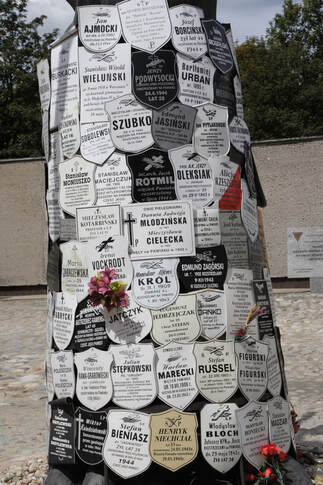 Seventy-eight years ago, almost to this very day, on January 23, 1943, Hans Frank, Governor of the General Government of occupied Poland wrote in his diary: “I would like to stress one thing: we must not be squeamish when we learn that a total of 17,000 people [in the Government General] have been shot. These persons who were shot were nothing more than war victims.” (1) When Hans Frank became the General Governor, the pre-planned extermination of the Polish nation was quickly undertaken. Warsaw, as the capital of Poland, filled with patriots and resistance groups, was targeted with a series of executions that took place on December 7 and 8, 1939 in the Kampinos forest north of Warsaw near a small village called Palmiry. The Germans shot 70 people the one day and 80 people the next. A few days later, on December 14, another 46 people were murdered. Throughout 1940, executions in Palmiry continued. The largest number of executions at one time at Palmiry occurred in June as part of what the German’s called the Extraordinary Pacification Action AB (Außerordentliche Befriedungsaktion). Mass arrests were made throughout all of Poland among Poland’s intellectuals, social activists and politicians – anyone that could possibly become the nucleus of rallying the people together in opposition to the occupation of Poland. In Warsaw the arrested victims were taken mainly to Pawiak prison on Dzielna Street as well as Mokotów prison on Rakowiecka St. (Photo above is a memorium outside Pawiak prison. Photo by Edward Knab) It was from these prisons that the inmates were later taken outside of Warsaw to the Kampinos forest and shot. Before their execution, death pits 2.5-3 meters deep and 30 meters long were carefully prepared by members of the Hitlerjugend, a German youth group, in a clearing in the forest. Transports from the prisons took place in the murky hours of dawn. The inmates were allowed to take their personal belongings previously deposited in the prison property room, as well as suitcases, backpacks and food packages, creating the illusion of being transported to a concentration camp. The arrival of trucks at the edge of forest place revealed the true intention of the executioners. The prisoner’s hands were bound, their eyes covered and then led in groups to the clearing, where they were placed at edge of the prepared pit and shot. On the days of June 20 and 21, 1940, 358 innocent Polish citizens, including 64 women, were shot. 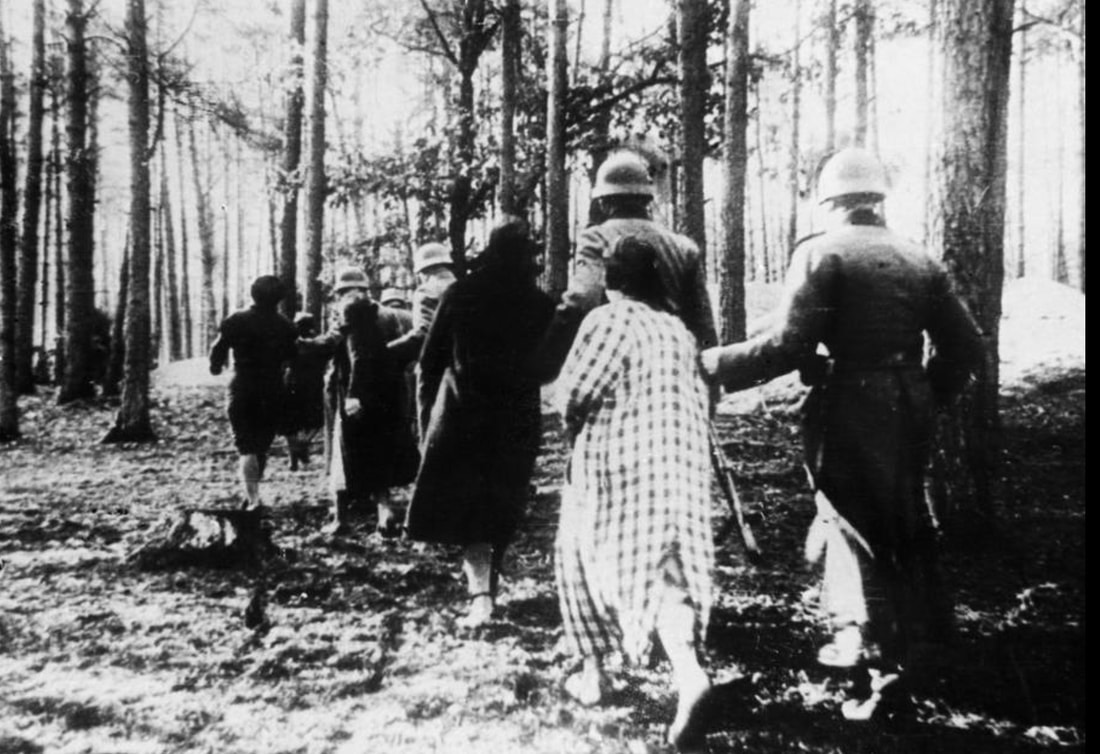 The second-largest execution in terms of the number of victims was carried out on 17 September 1940 and claimed the lives of 200 human beings. Additional murders went on in Palmiry through 1941, not just of people of Warsaw but from surrounding towns and villages as well. A total of 21 different groups of individuals were murdered at this location. The bodies were covered with earth and the pits concealed by planting shrubs and trees over them. Polish foresters who ignored the ban on entering the forest became the most important witnesses to the crime. Their system of marking the death pits made it possible to find many of the graves after the war. On November 25, 1945, headed by the Polish Red Cross, exhumations of the burial sites was begun and completed by June 10, 1946. They exhumed 1,720 bodies of which only about 400 were identified. Buried there as well were bodies of victims of executions in other regions of Poland in subsequent years of the war to bring the number to 2115. (2) In 1948, the site became a memorial cemetery. In the 1970s, a museum was opened nearby to disseminate information concerning the atrocities perpetrated in Palmiry. In 2011, the museum was moved to a new building and adopted the name “Palmiry Museum and Memorial Site.” 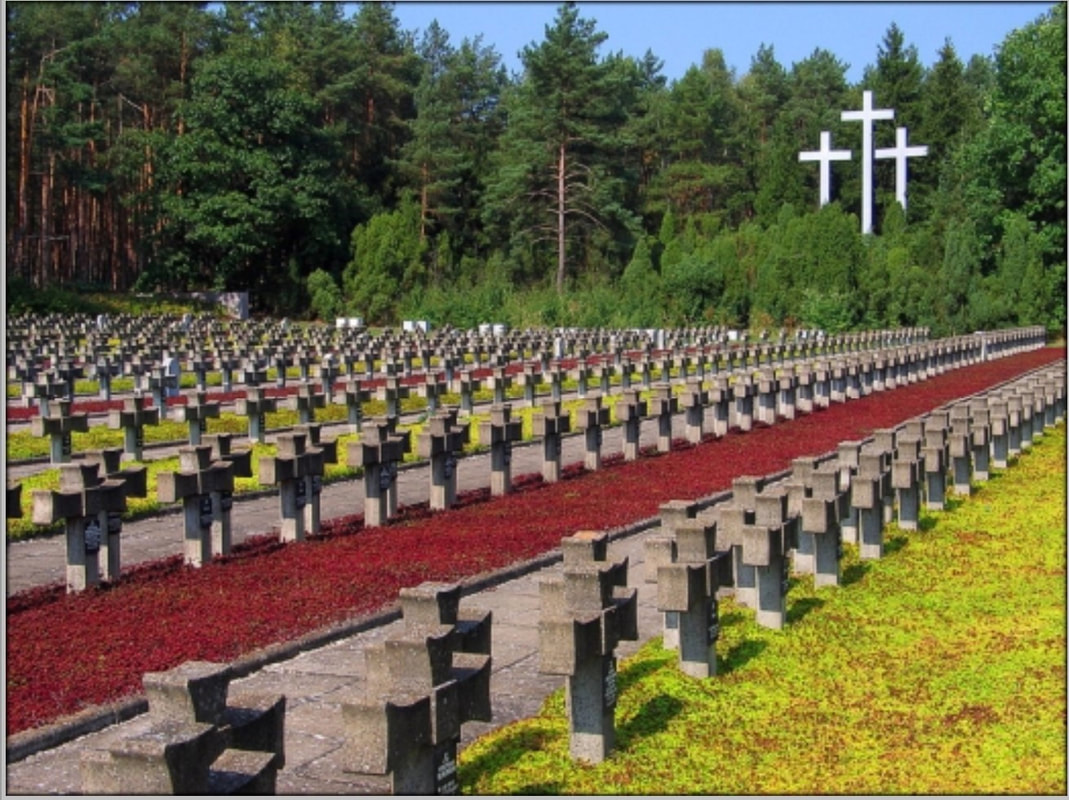 Today it serves to honor the loss of innocent lives. It serves as a stark reminder of the crimes committed by Nazi Germany against the Polish nation during the Second World War, what Hans Frank considered the premeditated murder of the people at Palmiry and the 15,000 other Polish lives in the General Government as "nothing but war victims."
On this International Holocaust Remembrance Day, let us remember these events and honor their memory. Cześć ich pamięci. (1) Partial Translation of Document 2233-AA-PS Nazi Conspiracy and Aggression Volume IV: FRANK DIARY, Official Meeting. Warsaw, 25 January 1943. Meetings of Departmental Chiefs. (2) Insytut Pamięci Narodowe. https://przystanekhistoria.pl/pa2/teksty/62949,Tylko-sosny-byly-swiadkami-Egzekucje-w-Palmirach.html Credit for photos 2,3,4 Instytut Pamieci Narodowe. Institute of National Remembrnce. On the twelfth day of Christmas, the Lord gave us the Feast of Epiphany. The word Epiphany takes its name from the Greek epiphania, meaning, revelation or to reveal. The church calendar reminds us it is the day on which the Christ Child was made manifest to the world as the Son of God. The day is also called the Feast of Three Kings because it was to the Three Kings that the Christ Child was first revealed and as such, revealed to the whole world. Carolers in front of Narodzenia Najswietszej Maryi Panny (Nativity of the Blessed Virgin Mary Church) in Łapczycy (southern Poland)1925 The Feast closes the official twelve days of Christmas in Poland but the day brought out a new wave of carolers that took to the roads of Poland to sing their songs of the wonders associated with the birth of Christ. In remembrance of the Star of Bethlehem that hung over the manger the night of the birth of Christ, the star that led the Wise Men to the manger, young Polish boys dressed up as the Three Kings and went caroling from house to house. If it was impossible to imitate the rich garb of the kings, the boys simply wore their usual clothes with homemade paper crowns on their heads to denote them as the Three Kings. One of the boys smudged his face with ashes to signify him as the dark skinned king, Balthazar, and also carried a homemade colored box to signify carrying the gift of myrrh. 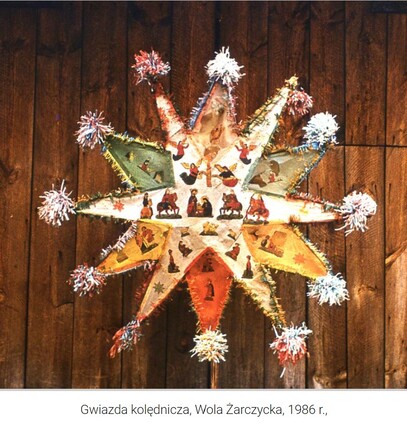 The caroling group on the Feast of Three Kings, always traveled with a large homemade star, the Gwiazda Betlejemska, the Star of Bethlehem, perched on top of a long pole. It was made from thick glazed paper or straw attached to a frame and was lit from within by a candle at the center or, in later years, by a light bulb powered by a battery. Sometimes someone dressed as an angel tagged along or yet another boy accompanied them playing the concertina, but most of the time the boys sang together a capella. And, as one elderly gentleman recounted to Polish folklorists about his caroling days, "one of the kings also carried a stick to ward off the dogs that roamed the countryside.” (Photo to left: Star carried by carolers 1986. Museum Etnograficzne w Rzeszowie) The carolers did not enter inside the house as often happened with other carolers but, instead, stood outside a window. The homemade star, glowing in the night and voices raised in song about the Three Kings, such as Mędrcy świata (Wise Men of the World) drew the inhabitants to the window. Mędrcy świata, monarchowie, gdzie śpiesznie dążycie? Powiedzcież nam Trzej Królowie, chcecie widzieć Dziecię? Wise men of the world, monarchs, where are you hurrying? Tell us, Three Kings, do you want to see the Child? When they had finished their repertoire of songs, the homeowner would step out of the cottage and asked the carolers: Where are you from, oh kings? The carolers always replied: Why, we are from the east and looking for the Child.” The carolers were always rewarded for their entertainment with a treat of some kind; a piece of sweet bread, small money and oftentimes, something hot to drink. Then the carolers moved on to the next house because everyone in the village had to be visited or it would cause offense. Everyone felt blessed when the carolers visited their home. |
Categories
All
One of the biggest moments in my life was being able to sign for my very own library card. When I'm not reading, researching and writing I'm riding my bike, sewing or gardening. I love flea markets, folk art, and traveling to Poland.
Archives
July 2024
|
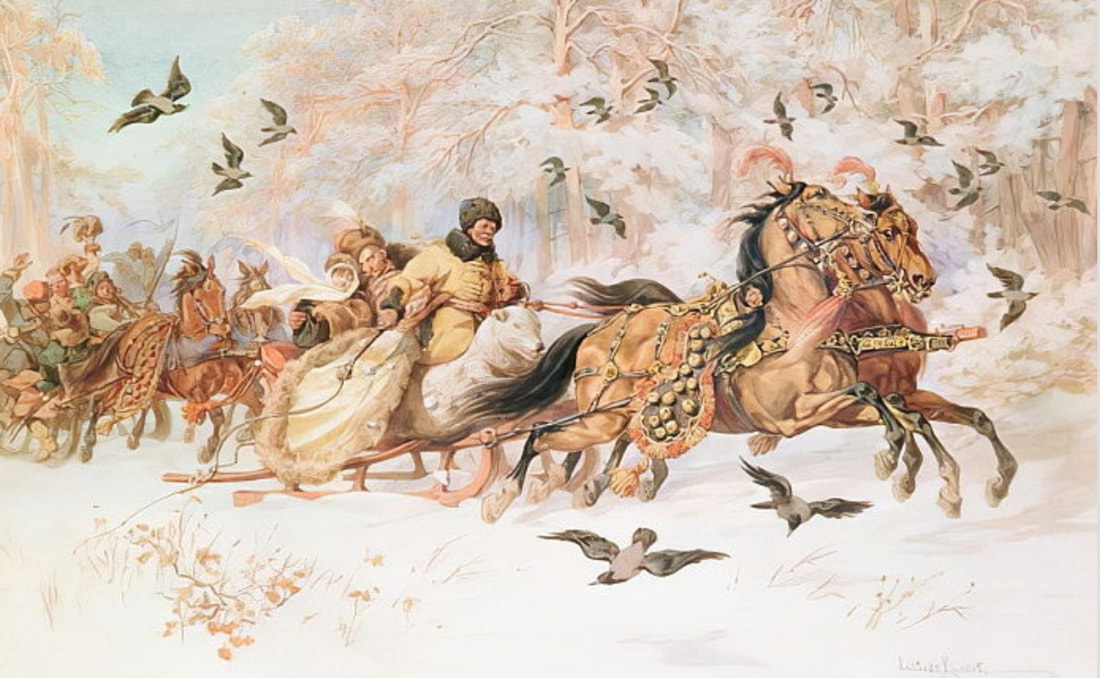

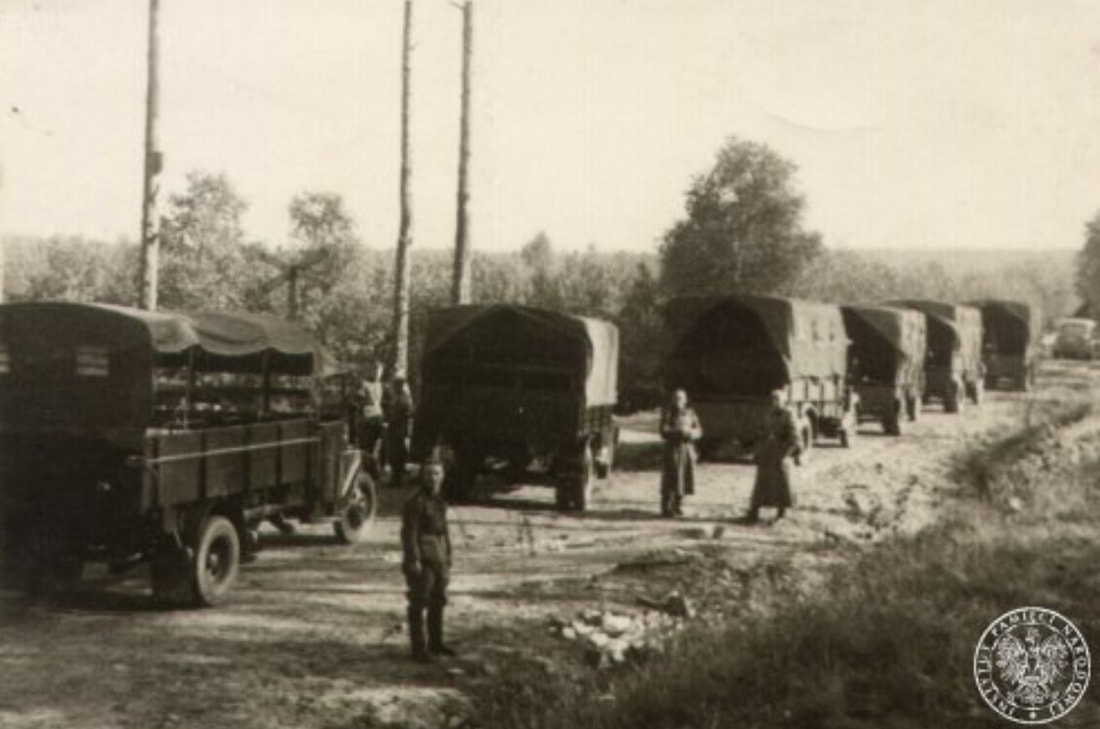
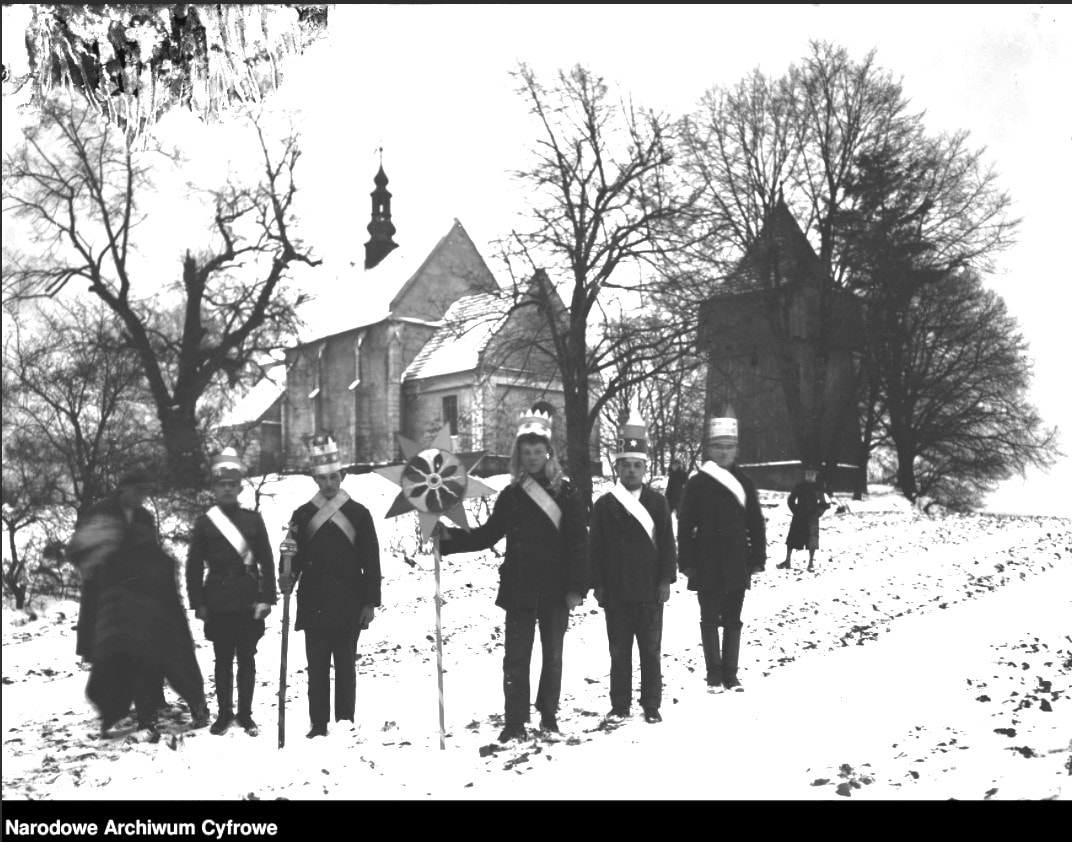
 RSS Feed
RSS Feed